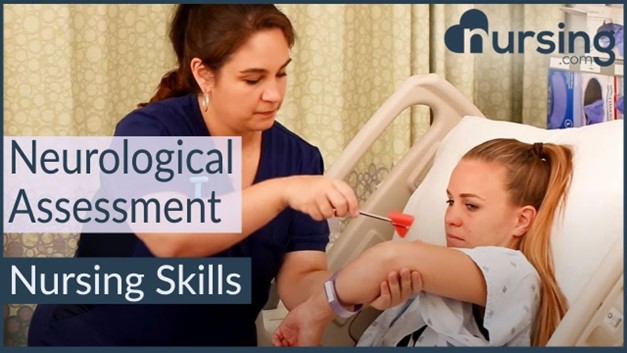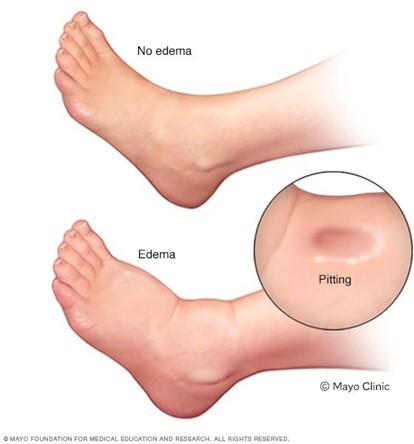A nurse is caring for a client who is experiencing a hypertensive crisis. Which of the following actions should the nurse take?
Initiate an IV dopamine infusion.
Begin an IV bolus of lactated Ringer's.
Perform neurological assessments.
Place the client supine.
The Correct Answer is C

A hypertensive crisis is an emergent situation in which a marked elevation in diastolic blood pressure can cause end-organ damage.
The nurse should perform neurological assessments to monitor for any changes in the patient’s level of consciousness and other neurological symptoms.
Choice A is incorrect because dopamine is not typically used to treat hypertensive crises.
Choice B is incorrect because lactated Ringer’s solution is not typically used to treat hypertensive crises.
Choice D is incorrect because placing the client supine may not be appropriate and could potentially worsen their condition.
Nursing Test Bank
Naxlex Comprehensive Predictor Exams
Related Questions
Correct Answer is D
Explanation
The nurse should apply new gloves when alternating between wound care sites.

This is to prevent cross-contamination and infection.
Choice A, cleaning the equipment in the client’s room once per week, is not an answer because it is not mentioned in the search results as an intervention for a client with full-thickness burns on the lower extremities.
Choice B, providing a diet of fresh fruits and vegetables for the client, is not an answer because it is not mentioned in the search results as an intervention for a client with full-thickness burns on the lower extremities.
Choice C, limiting visitation time for the client’s children to 40 min per day, is not an answer because it is not mentioned in the search results as an intervention for a client with full-thickness burns on the lower extremities.
Correct Answer is A
Explanation

Edema, or swelling in the legs, is a common symptom of venous disease.
Hair loss distal to the client’s calves (choice B) is not a typical symptom of venous vascular disorder.
Leg pain at rest (choice C) can be a symptom of peripheral vascular disease but is not specific to venous vascular disorder.
An ulcer on the tip of a toe (choice D) can be a sign of arterial vascular disorder but is not specific to venous vascular disorder.
Whether you are a student looking to ace your exams or a practicing nurse seeking to enhance your expertise , our nursing education contents will empower you with the confidence and competence to make a difference in the lives of patients and become a respected leader in the healthcare field.
Visit Naxlex, invest in your future and unlock endless possibilities with our unparalleled nursing education contents today
Report Wrong Answer on the Current Question
Do you disagree with the answer? If yes, what is your expected answer? Explain.
Kindly be descriptive with the issue you are facing.
